Sialkot, also referred to by some as The City of Iqbal, is located in the northern region of Punjab. The city has reserved a distinct place in history for being the birthplace of the poet, scholar, and philosopher Dr. Allama Muhammad Iqbal. Besides this, Sialkot is also known for manufacturing high-quality sports goods exported all over the world. Geographically, the city is quite close to the border of Kashmir and is near the Chenab River. If you’re about to visit the town, this post is all you need to plan your trip, as we’re covering all the best things to do in Sialkot.
Reaching Sialkot
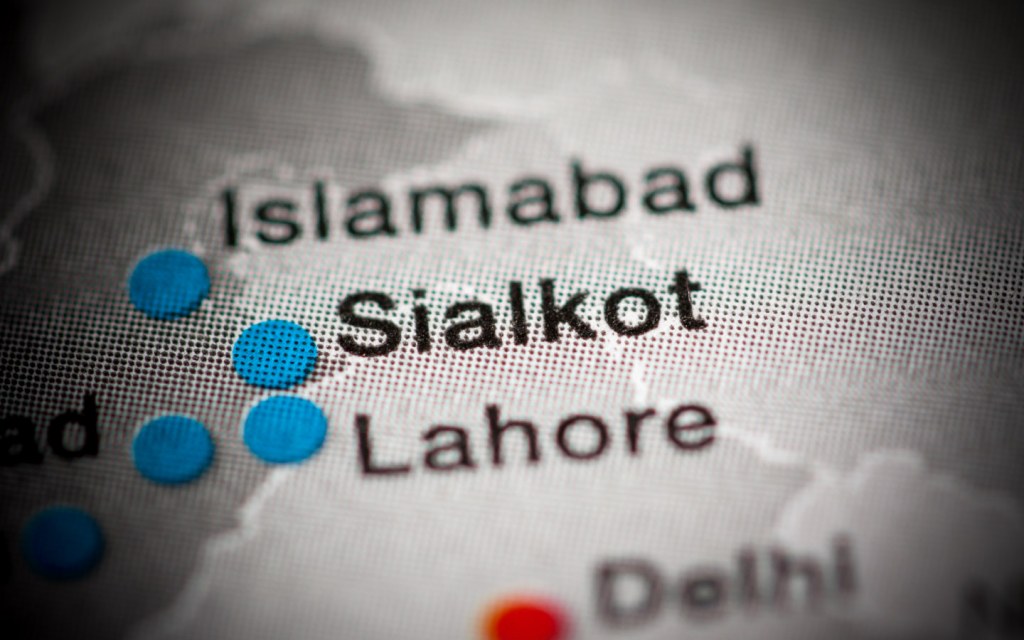
For people who want to drive to this city, it is a 2-hour drive from Lahore while it can take around 4 hours to reach Sialkot by road from Islamabad. It is accessible via the N-5 National Highway, provided the Motorway from Sialkot to Lahore is not closed for repairs or construction. Sialkot also has a train network to welcome visitors in the city. However, the best way is by booking a flight to Sialkot International Airport, which is Pakistan’s first privately owned airport for public use.
What to See in Sialkot
Once you’re in the city, you will need a list of all the must-visit places and things to do in Sialkot. Well, we did the hard work of compiling and listing all the major tourist attractions in Sialkot for your eyes. Thank us later!
Iqbal Manzil
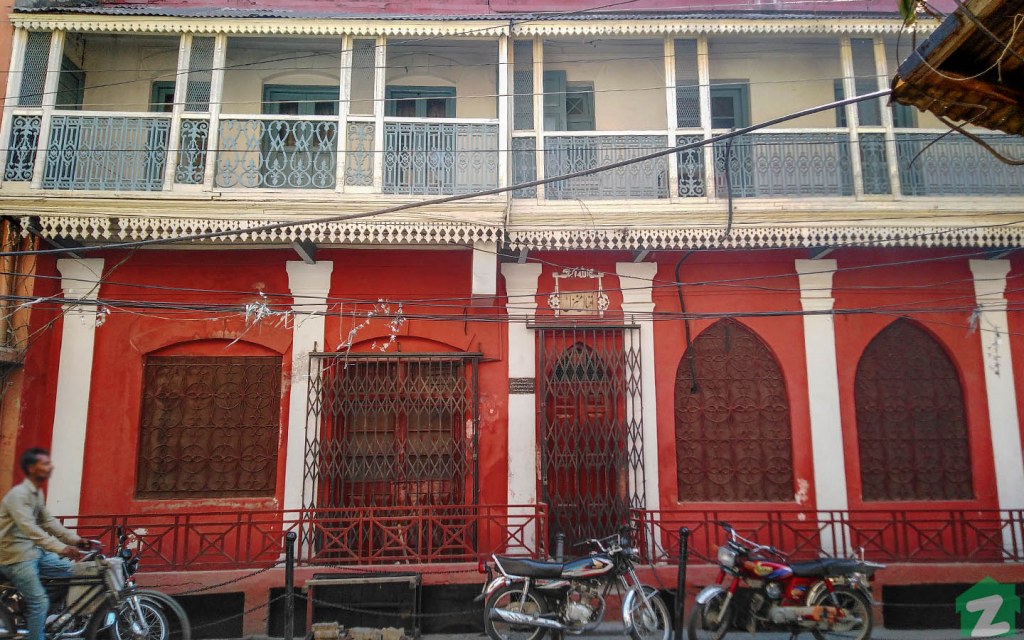
Since the city is the birthplace of Dr. Muhammad Iqbal, it should come as no surprise that this is the first place that all visitors to Sialkot must see. Iqbal Manzil is located in the older part of Sialkot and was the house of Allama Iqbal, where he wrote a majority of his poetry. It was turned into a museum in 1977, with his belongings on display. The structure also houses a library containing more than 4,000 books, many of them based on the works of Allama Iqbal and donated by visitors. Nearly 65,000 people have visited Iqbal Manzil in 2019 so far.
Holy Trinity Cathedral Church
Also known locally as Sialkot Cathedral, it was built in 1852 and was blessed by the Bishop of Madras in January 1857. This 165-year old structure is still in excellent condition and frequently visited by followers of the Christian faith.
Clock Tower of Sialkot
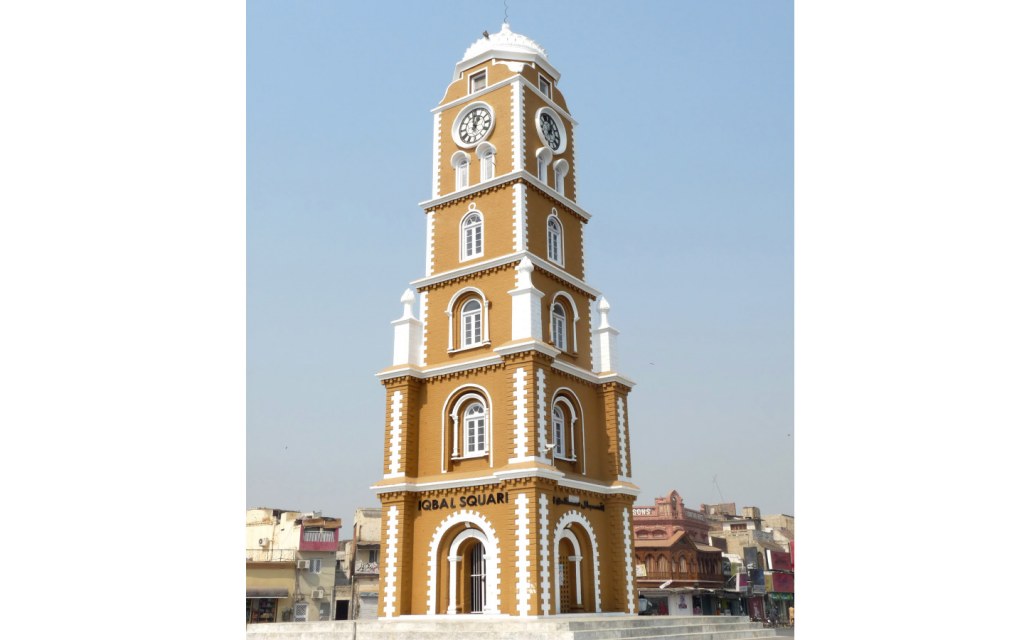
Clock towers can be found in several cities of Pakistan, and they date back to a time when they acted as a central meeting place for the people of the town. Sialkot’s clock tower is no different, being built in the 19th century with 4 clock faces. Located in what is now known as Iqbal Square, amid a busy thoroughfare, the exterior structure is still intact even after a hundred years and is one of the must-visit places in Sialkot.
Tomb of Imam Ali-ul-Haq
Imam Sahib lived in Sialkot during the 13th century. He is said to have converted a large population of the city to Islam before being martyred in a battle against the Raja of Sialkot. His tomb is situated in a complex containing the gravesites of several pirs, and the internal courtyard is a gateway to peace and tranquillity.
Marala Headworks
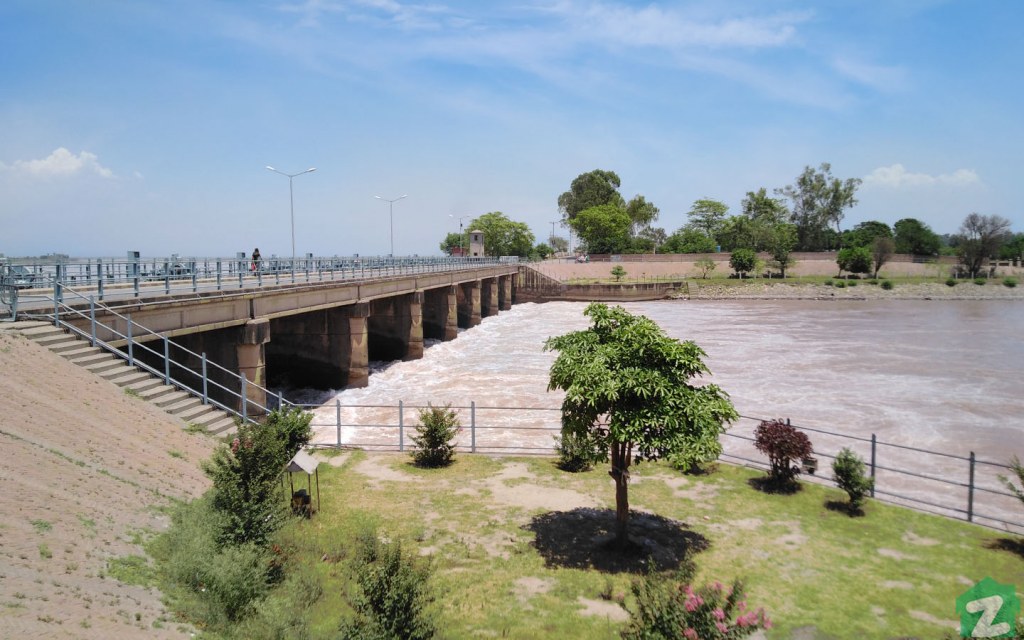
At a distance of around 20 kilometres from the city of Sialkot, Marala Headworks is the starting point of the Marala-Ravi Link Canal and the Upper Chenab Canal. Besides being a major hydroelectricity project, the area is popular as a fishing and picnic spot, making it one of the major tourist attractions in Sialkot with plenty of natural beauty and wildlife to explore in the area.
Seerat Study Centre
Located in Sialkot’s cantonment area, the Seerat Study Centre is a world-renowned research institute focused on the life of the Holy Prophet PBUH. The centre not only conducts research on the subject but also helps spread the message of the Prophet by publishing new literature for the purpose and digitalising existing literature to make it accessible to all. It’s an important religious establishment to visit during your trip to Sialkot.
Jinnah Stadium
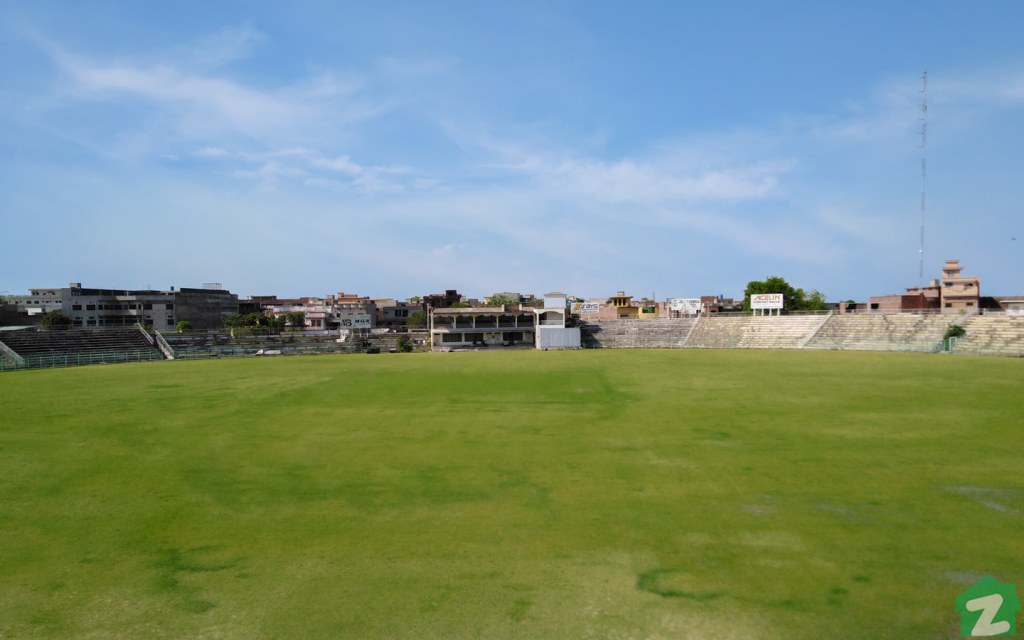
Initially built by the British in the 1920s and named as Connelly Park, the stadium is among the oldest cricket grounds in the country. Its name was changed to Jinnah Park in the 1950s post-partition and then modified to Jinnah Stadium after some upgrades were made in 1979. The stadium contains one of the fastest cricket pitches in Pakistan and you should try to watch a practice match here during your trip to Sialkot.
Remains of Sialkot Fort
While the fort was demolished long ago, its ruins remain atop a hill in the centre of the city. It is one of the oldest forts in Pakistan, built in 2nd century AD on the orders of the Raja of Sialkot. The fort must’ve been an imposing structure and a sight to be seen, towering over the old city.
Other Attractions to Visit During Your Trip to Sialkot
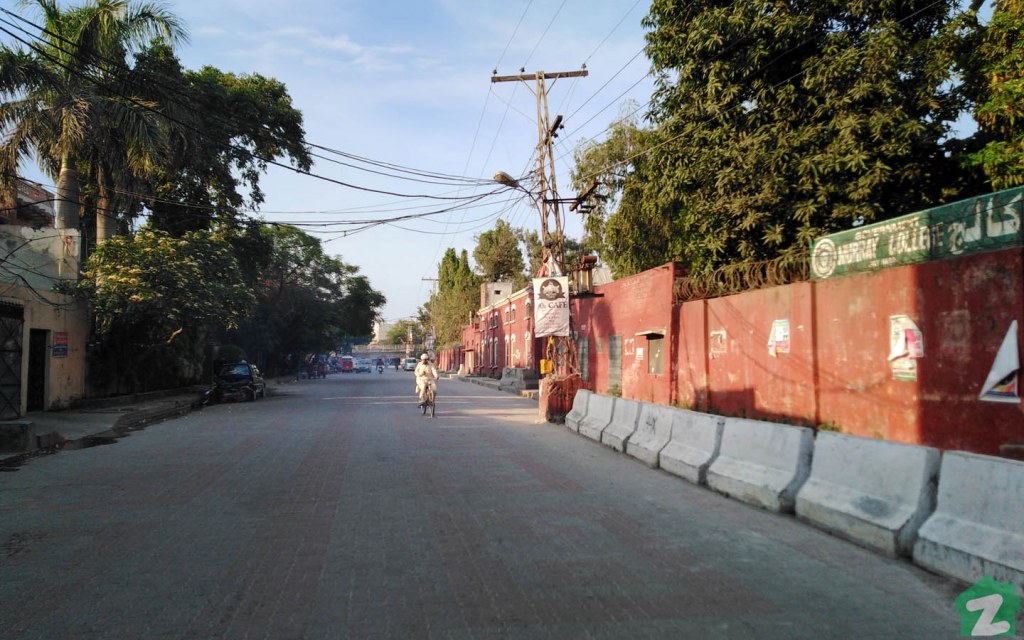
Here are other major tourist attractions in Sialkot that you might want to visit for their historical or religious significance:
- Gurdwara Beri Sahib—The 300-year-old Sikh shrine that is visited by followers of the faith every year. It used to contain a well-maintained garden, a pool, and a residential complex. Indian pilgrims will also be allowed to visit the site now, since the initiation of the Kartarpur Corridor.
- Puran Bhagat Well—Historical site outside Sialkot with much significance in Punjabi folklore for being the preaching site of a Hindu prince. Not much remains at the site except for a running well.
- Shawala Teja Singh Temple—100-feet tall and imposing Hindu temple that was built more than 200 years ago. The construction is such that you have to climb up a long staircase to get to the temple where Hindu deities are carved into the pillars. The temple was opened to the public after 72 years in July 2019.
- Local Industries—Sialkot is famous for its production of sports good and surgical equipment that is exported all over the world. If you wish to see the process of production, local industrialists will be happy to give you a tour.
- Parks—Sialkot is home to several parks with the three main ones being Garrison Park, Khayaban-e-Iqbal Park, and Gulshan-i-Iqbal Park.
- Murray College—Among Pakistan’s oldest educational institutes, built in 1889. The poets Allama Iqbal and Faiz Ahmed Faiz studied here.
Sialkot contributes a large share to the country’s economy with its production industries and is one of the oldest cities of Pakistan. Use our guide to visit Sialkot and its hidden gems and let us know of your travel experiences at blog@zameen.com. Keep following Zameen Blog for more local and international travel posts in the meantime.



